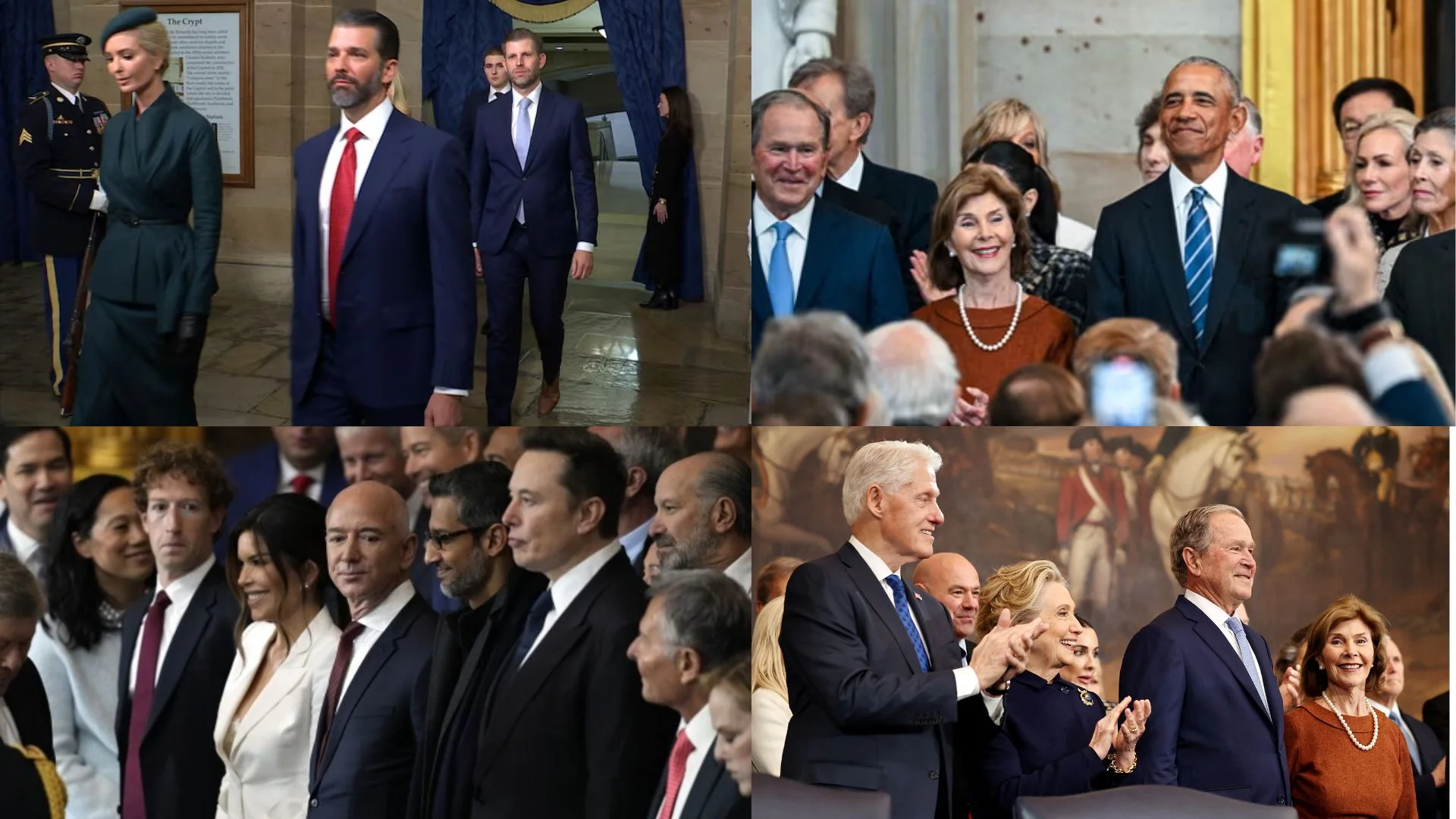Japanese Prime Minister Fumio Kishida is expected to roll out a vision towards a ‘free and open Indo-Pacific’ where India is going to play a major role. The increasingly significant role of India is likely to emerge as a potential counter to the growing Chinese influence in the region. Kishida was recently in India on a two-day visit.
Prime Minister Kishida’s meeting with Indian Prime Minister Modi was likely to explore key issues in the international community and confirm the cooperation between the G7 and G20. Japan currently holds the G7 Presidency, and India the G20 Presidency.
In 2014, Prime Minister Prime Minister Modi and Shinzo Abe presided over the elevation of Japan-India relationship to a “Special Strategic Global Partnership”. The two leaders resolved to explore the potential of the bilateral relationship to the fullest extent possible as a means to promote peace, stability and prosperity in the world in general and in Asia in particular.
Prime Minister Kishida formally invited his Indian counterpart Modi to the forthcoming summit of the Group of Seven major industrial democracies summit, which will take place in Hiroshima in May. Kishida’s delegation level talk with Modi also covered food security and development financing issues. Modi in a speech said that the two leaders also discussed their respective presidencies of G7 and G-20.
Kishida had hinted that he would present a new action plan for Japan’s free and open Indo-Pacific vision. It is a Tokyo-led initiative with the objective of reducing China’s growing assertiveness. The action plan is expected to include Japan’s assistance for human development in maritime security by way of a provision of coast guard patrol boats and equipment and other infrastructure cooperation.
Expanding on his vision for the Indo-Pacific, Kishida wrote in an article in the Indian Express that ‘the unwavering trust and the close coordination between India and Japan as leading democracies of Asia are the cornerstones of peace and prosperity in the region’.
He mentioned the soaring food and fertilizer prices, climate and energy and development financing as the major contemporary global challenges. He hoped for an exploration of the ways in which G-7 and G-20 members can contribute to sustainable solutions to these challenges.
He proposed also to focus on deepening the multi-layered bilateral relationship between Indian and Japan, which is based on shared commitment to freedom, human rights, democracy, and rule of law. He was particularly happy with the progress in the flagship high-speed railway project.
Earlier, in October 2022, in his address to the International High Speed Railway Association, Kishida observed that Shinkasen, an allusion to Bullet trains in Japan, was now accepted in the US, Taiwan and India. He was happy to note that the Mumbai-Ahmedabad high speed railway project was on course and likely to usher in positive changes to the Indian society.
Kishida was happy with the progress towards realising the target of JPY 5 trillion of public and private investment and financing from Japan to India in the next five years. During his previous visit to India last March, the two Prime Ministers expressed satisfaction that they had achieved the investment target of JPY 3.5 trillion announced in 2014.
Appreciating the measures taken by India to improve the business environment for Japanese investors and other moves to heighten the ease of doing business and boost economic growth, they were happy to announce a new target for investment, to realize JPY 5 trillion of public and private investment and financing from Japan to India in the next five years, to finance private projects and public projects of mutual interest.
He noted the potential compatibility between smart city projects in India with Japan’s Vision for a Digital Garden City Nation, identifying it as an area for cooperation in future. The latter is a special scheme for rural-urban digital integration and transformation, which Kishida formally unveiled in December, 2021.
There are four main components of this vision cum action plan. The first is to build digital infrastructure covering every corner of Japan, including building digital superhighway using submarine cables, making optical fibre a universal service by 2030 and ensuring 5G coverage for 90 per cent of the population by 2023.
The second component is to train tech savvy human resources, which began with annual training of 450000 personnel to spread digitalization in their neighbourhoods. The third component is to revolutionize the rural sector through digital technology. For example, one of the objectives here is to realize an agriculture sector by 2025 in which all farmers will practice “smart agriculture” with advanced technology– including AI, robots, and IoT.
The fourth component of this ambitious programme for mass digitalization is its inclusive character. The objective is to establish a human-resource support system to promote and realize a digital society where no one is left behind and where everyone can enjoy the benefits of digital technologies regardless of his or her age, gender, or geographical location. Another area of cooperation is the development of the north-eastern region of India, where by facilitating increasing connectivity with the surrounding regions, Japan hoped for it to realise its full potential.
Security and people-to-people exchanges are the other two areas in which the Japanese Prime Minister hoped to increase bilateral cooperation. India and Japan are two of the most dynamic and fast-growing economies in Asia. The relationship between these two countries is rooted in a shared cultural heritage and a long history of economic, social ties and strategic dimension, particularly, in the context of their respective security concerns and regional ambitions.
In the recent years, the bilateral relationship has been strengthened through a series of high-level visits, strategic partnerships, and economic initiatives that would help for the future trajectory of India-Japan relations and the potential for further collaboration in days to come.
The author of this opinion piece is Dr Maheep, who is an expert of International Relations. He is the principal investigator to a National Project working on India’s soft power diplomacy.

















